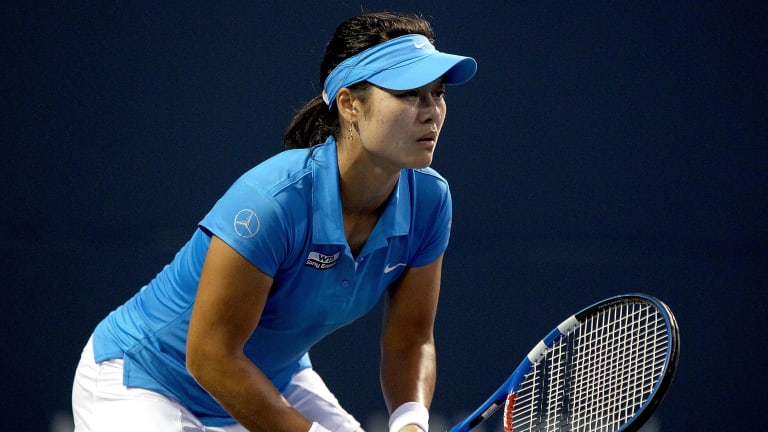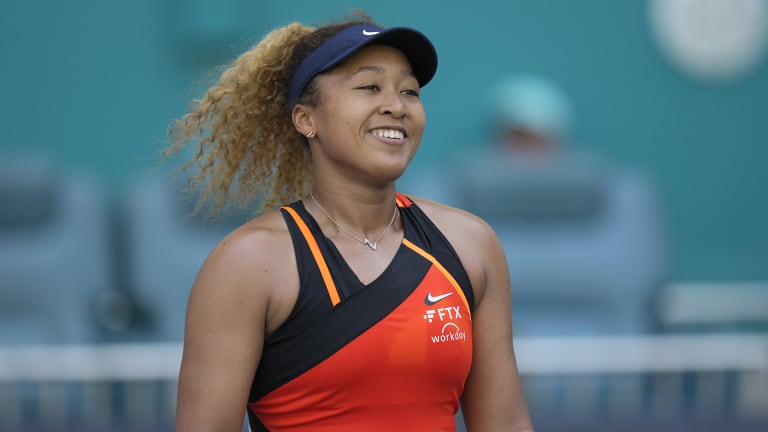Style Points
How Li Na became the first Nike-sponsored tennis player to wear patches on competitive apparel
By Feb 28, 2024Style Points
Spotted: Carlos Alcaraz checks out Roger Federer’s ultra-rare Rolex at Laver Cup
By Sep 24, 2025Style Points
From ‘Andre Swagassi’ to ‘Billie Jean Bling’, meet Naomi Osaka’s Labubu crew
By Sep 04, 2025Style Points
"Superstition" keeps Naomi Osaka in purple over rosier US Open ensemble
By Sep 04, 2025Style Points
PHOTOS: Every outfit Venus Williams wore at the 2025 US Open
By Aug 30, 2025Style Points
A Jessica Pegula superfan gets a unique item signed at the US Open—one year later
By Aug 29, 2025Style Points
US Open Fashion Watch: Venus, Djokovic and Osaka lead the style charge in New York
By Aug 28, 2025Style Points
"It must have fire": Aryna Sabalenka helps create limited-edition Wilson Blade racquet
By Aug 27, 2025Style Points
Paint the town red: Coco Gauff, Naomi Osaka—and her custom Labubu—ace US Open trend
By Aug 27, 2025Style Points
“An opportunity I couldn't turn down”: Jack Draper reveals how Vuori deal happened
By Aug 25, 2025How Li Na became the first Nike-sponsored tennis player to wear patches on competitive apparel
As her career became more competitive and amid negotiations with brands and the Chinese government, "super agent" Max Eisenbud stepped in for the deal of a lifetime.
Published Feb 28, 2024
Advertising

The Mercedes patch was one of the first ever sewn onto Nike tennis attire—without incurring a massive fine.
© 2011 Getty Images
Advertising

Li's impact: Naomi Osaka wears various sponsor patches on her Nike dress.
© 2022 Getty Images